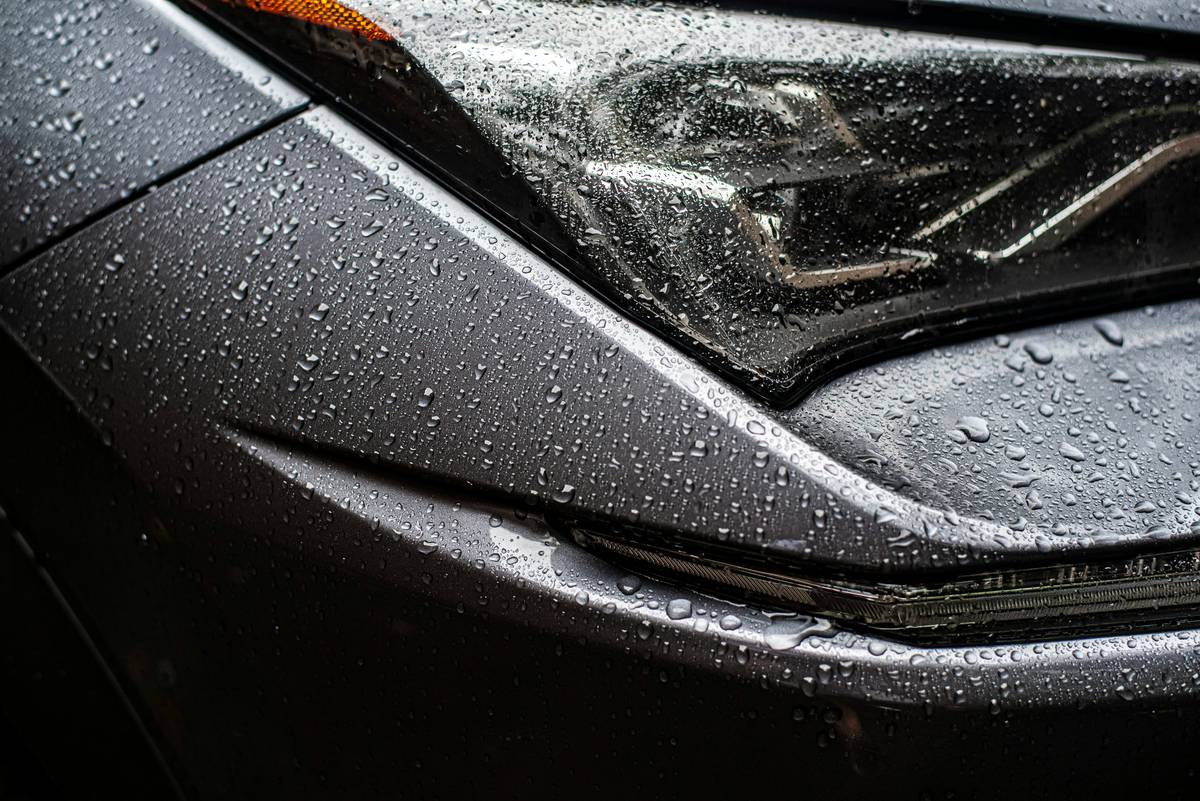Ever driven away from a hailstorm only to discover your car looks like it went 12 rounds in a boxing ring? Yeah, us too. That sinking feeling when you see dents and cracks isn’t just heartbreaking—it’s expensive. But what if there was a way to shield your car from hail damage without breaking the bank? Enter the hail car shield, your new best friend for extreme weather protection. In this guide, we’ll cover everything you need to know about hail car shields, their benefits, cost-effectiveness, and how to choose one that fits your needs.
Table of Contents
- Why You Need a Hail Car Shield
- Step-by-Step Guide to Choosing the Right Hail Car Shield
- Best Practices for Using Your Hail Car Shield
- Real-Life Success Stories of Hail Car Shields
- Frequently Asked Questions About Hail Insurance
Key Takeaways
- Hail car shields are an affordable way to protect your vehicle during severe storms.
- Proper sizing, material quality, and installation ensure effectiveness.
- Hail insurance works hand-in-hand with physical protection methods like car shields.
- Investing in proactive measures can save you thousands in repair costs.
Why You Need a Hail Car Shield

If you live in areas prone to hailstorms—like Colorado, Texas, or Australia’s Gold Coast—you’re no stranger to the chaos these tiny ice balls can cause. Statistics show that hail claims account for over $1 billion annually in property damages in the U.S. alone. Yikes.
Optimist You: “Oh, I’ll just park under a tree!”
Grumpy You: “Yeah, until that same tree decides to drop a branch on your windshield.”
A hail car shield is a protective covering specifically designed to absorb impact and prevent dents and cracks. Whether it’s made of reinforced PVC, foam padding, or custom-fitted fabric, these shields act as a buffer between your car and mother nature’s tantrums.
Step-by-Step Guide to Choosing the Right Hail Car Shield

Step 1: Assess Your Needs
Do you face golf-ball-sized hail regularly, or is it more pea-sized? Knowing the severity helps determine the thickness and durability required for your shield.
Step 2: Compare Materials
– Foam Pads: Lightweight and portable but less sturdy against larger hail.
– Reinforced Covers: More expensive but provide better protection against repeated impacts.
– Magnetic Shields: Easy to install but may not fully cover all angles of your vehicle.
Step 3: Check Sizing
Measure your car’s dimensions carefully. A poorly fitted shield leaves gaps, which defeats its purpose entirely.
Step 4: Read Reviews
Sounds obvious, right? Yet so many people skip this step. Don’t be *that* person. Reviews often reveal crucial details like water resistance, ease of storage, and overall durability.
Best Practices for Using Your Hail Car Shield
- Store It Properly: Fold and store your shield in a dry place to avoid mold or mildew buildup.
- Install Quickly: When a storm warning hits, time is of the essence. Practice setting up your shield beforehand.
- Purchase Extra Tie-Downs: Wind gusts love nothing more than ripping off loose shields mid-hailstorm.
- Pair With Hail Insurance: No matter how good your shield is, accidents happen. Supplemental insurance adds peace of mind.
Confessional Fail: Once, I tried to use bungee cords instead of proper tie-down straps…let’s just say my shield ended up being more useful as a kite than body armor.
Real-Life Success Stories of Hail Car Shields

In Denver, Sarah B., a teacher, swears by her hail car shield after a freak storm left neighbors’ cars looking like Swiss cheese while hers remained pristine. “It wasn’t cheap,” she says, “but neither is fixing a cracked windshield or replacing a roof panel.”
Another story comes from Brisbane, where John T., an Uber driver, used his shield daily during Queensland’s notorious spring storms. Thanks to his foresight, he kept earning fares while others were stuck at mechanics.
Frequently Asked Questions About Hail Insurance
What does hail insurance typically cover?
Hail insurance usually covers damage to your vehicle’s exterior (paint, windows, etc.) and mechanical components affected by hail exposure.
Should I rely solely on hail car shields?
Nope. While shields offer significant protection, combining them with comprehensive auto insurance ensures full coverage for unexpected scenarios.
Is hail insurance worth the price?
Depends on your location. If you frequently deal with hail, absolutely yes. For rare occurrences, weigh potential repair costs against premium fees.
Conclusion
Investing in a hail car shield might feel unnecessary until disaster strikes—but trust us, once you’ve seen what hail can do to unprotected metal, you’ll thank yourself for planning ahead. Pair it with solid hail insurance, and you’re practically bulletproof against the whims of Mother Nature. Stay safe, stay savvy.
P.S. Like Tetris blocks fitting perfectly together, your shield + insurance combo makes life easier—one less stress to worry about.
Haiku Time:
Hail pelts the pavement,
Shield stands strong; car stays safe—
Peace of mind reigns supreme.


